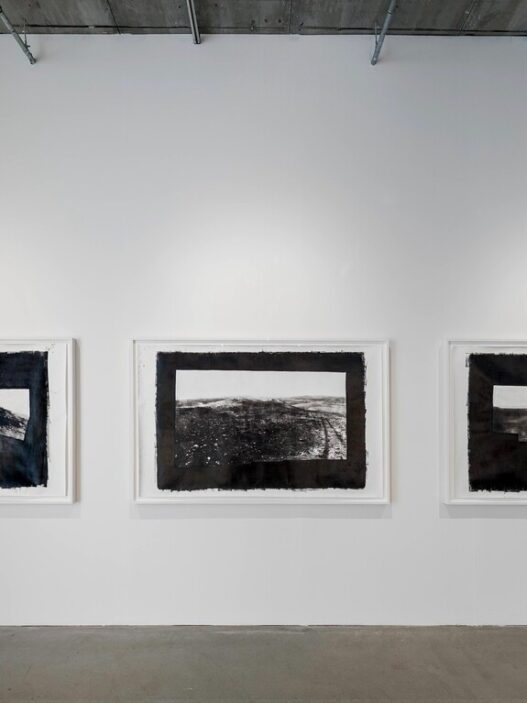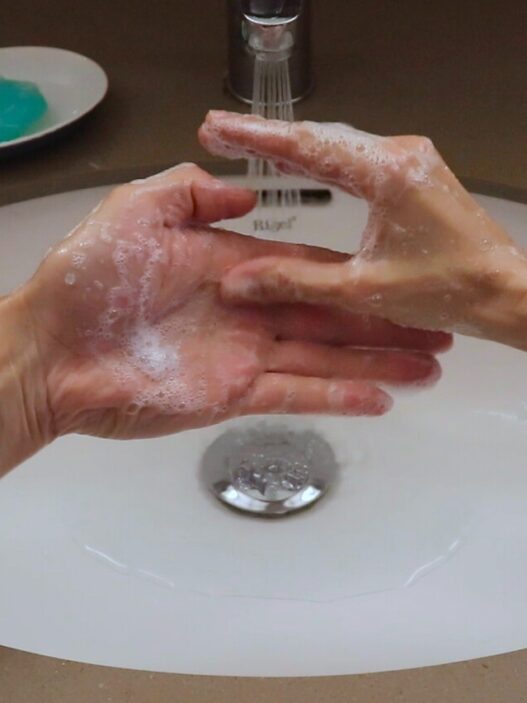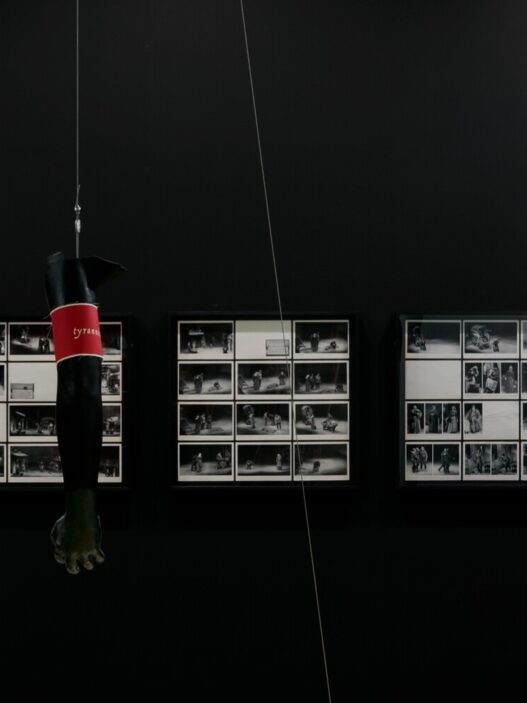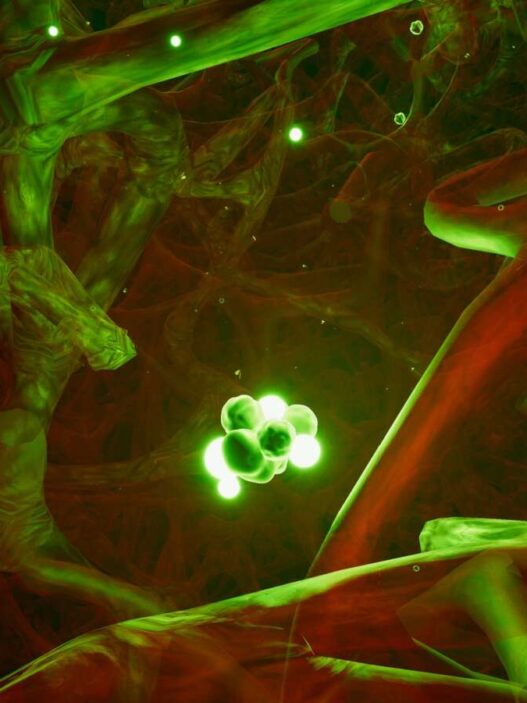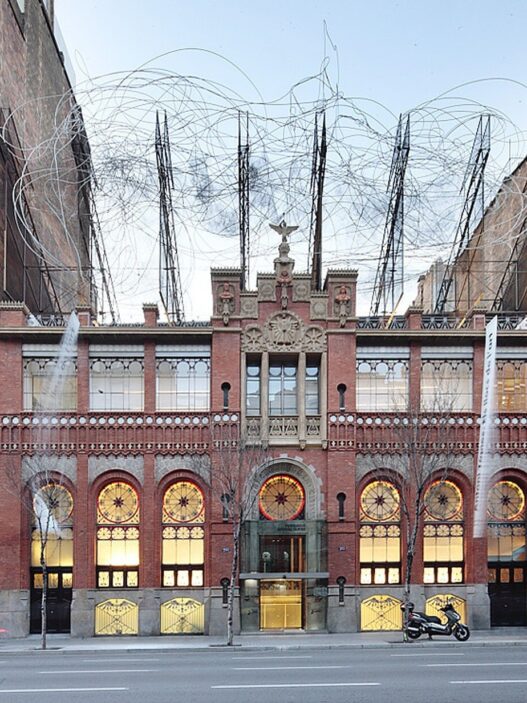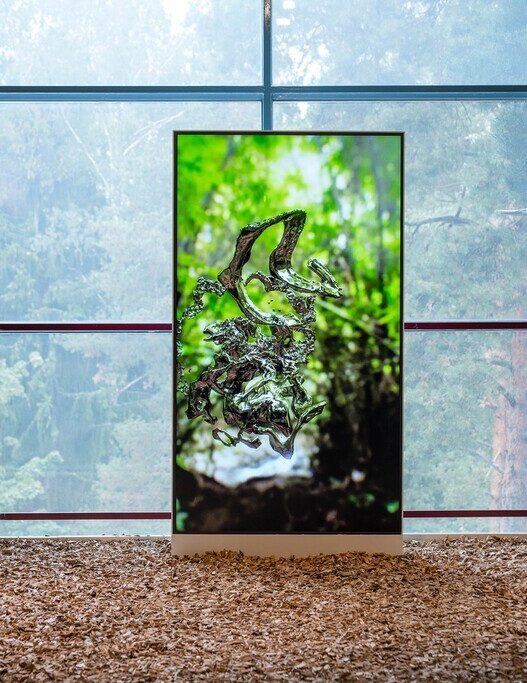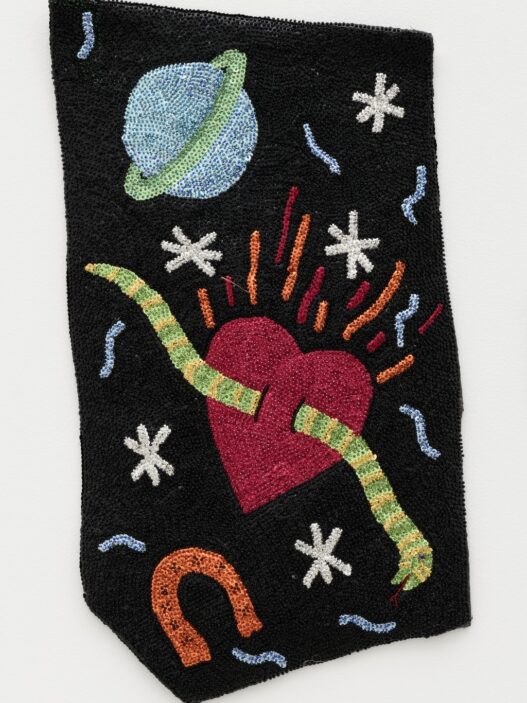September 4–November 27, 2022
Opening: September 3, 6–10pm
Public talk with Silvia Kolbowski, Luiza Nader and Melanie Ohnemus: September 4, 4–5:30pm, livestreamed via website
In two exhibition areas at Kunsthaus Glarus, Silvia Kolbowski displays the video pieces Who will help us? (2022) and Missing Asher (2019). Who will save us? was specifically made for this display. The video is a “mashup” of two movies, THX 1138 (1971), directed by George Lucas, and Metropolis (1927), both futuristic science-fiction movies portraying life and work in two-class hierarchical civilizations. Who will deliver us? Three and a half hours of film from two separate eras are condensed by Kolbowski into a 14-minute loop. The experimental editing of the video results in a new narrative that has the original films’ prophetic qualities but also speaks to the current political climate, where neoliberal capitalism’s embrace of technology and polarized riches intersect with the psychological components of group dynamics.
In order to address issues of historicity, political resistance, and the impact of the unconscious on mass movements with socio-political motivations, Kolbowski mostly uses time-based media. She frequently uses historical source material as part of her conceptual approach when evaluating and conducting experiments with cultural phenomena and imbalances in power structures.
Enlarged from the Catalogue: Michael Asher Writings 1973-1983 on Works 1969-1979 (The Press of the Nova Scotia College of Art and Design and The Museum of Contemporary Art, Los Angeles, 1983), a site-specific installation work from 1990, is further developed in the 2019 video Missing Asher. Kolbowski discusses the beginning and development of her own endeavor in this video. Kolbowski is interested in the regulations governing the commercial dissemination of aesthetic values in Missing Asher. The video piece explores the topic of whether the de facto rules of the art market are inherently biased against conceptual, research-based works, including her interaction with prominent conceptual artist Michael Asher.
b. 1953 in Buenos Aires. Lives and works in New York.
In her exhibition Headlines, Laura Langer introduces two new groupings of works: a series of paintings with spirals on a silver background and an installation utilizing the exhibition space’s skylight. The paintings depict various angles of the same topic. The series introduces the audience to a seemingly straightforward concept: all we need to observe is a portion of the spiral in order to continue to consider it in our minds. The spiral theme is linked by the artist to persistent ideas that are unable to escape. A shape that perpetually revolves around itself is the spiral. Contrast that with the installation’s grid on the skylight. A system of order is formed when straight lines intersect and cross one another. This has headlines from London tabloid newspapers collaged on it. Viewers in the exhibition room could not see the references to current events above their heads. The installation draws attention to the headlines’ linguistic structure and also makes a suggestion about how event-like they are. Laura Langer omits location and topic matter in her headlines, which often provide basic, factual information. The linguistic mode is what’s left. In order to create a network of linguistically enhanced and attention-grabbing accumulations of loosely related meanings, words are ripped out and rearranged along lines. Langer examines how differing ordering methods for lines affect how we perceive things in these two groupings of works. Resulting from this interaction with language are complex approaches to the question of how we subjectively process information and complete it in our mind.
Painter Laura Langer uses a conceptual style. She creates links between the work and the presenting venue by working in series. She includes the perception of the observer into her reflections and creative processes, fusing together sociopolitical and personal issues in a particular series of works. She also works with photography and language in addition to painting.
b. 1986 in Buenos Aires. Lives and works in Berlin.
Accompanying the exhibitions is an interview between the artists and Melanie Ohnemus, Director Kunsthaus Glarus. The interviews are available on the website.
Kunsthaus Glarus
Im Volksgarten
CH – 8750 Glarus
Switzerland
Hours: Tuesday–Friday 12–6pm,
Saturday–Sunday 11am–5pm
T 41 0 55 640 25 35
office@kunsthausglarus.ch









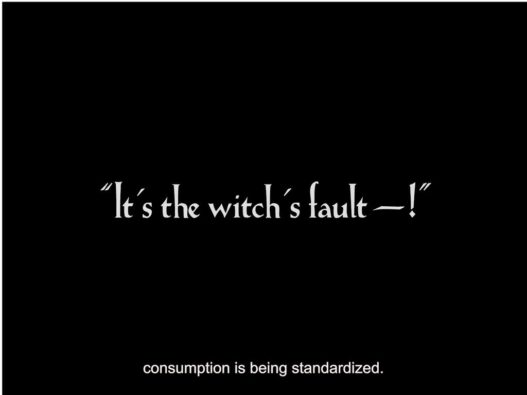
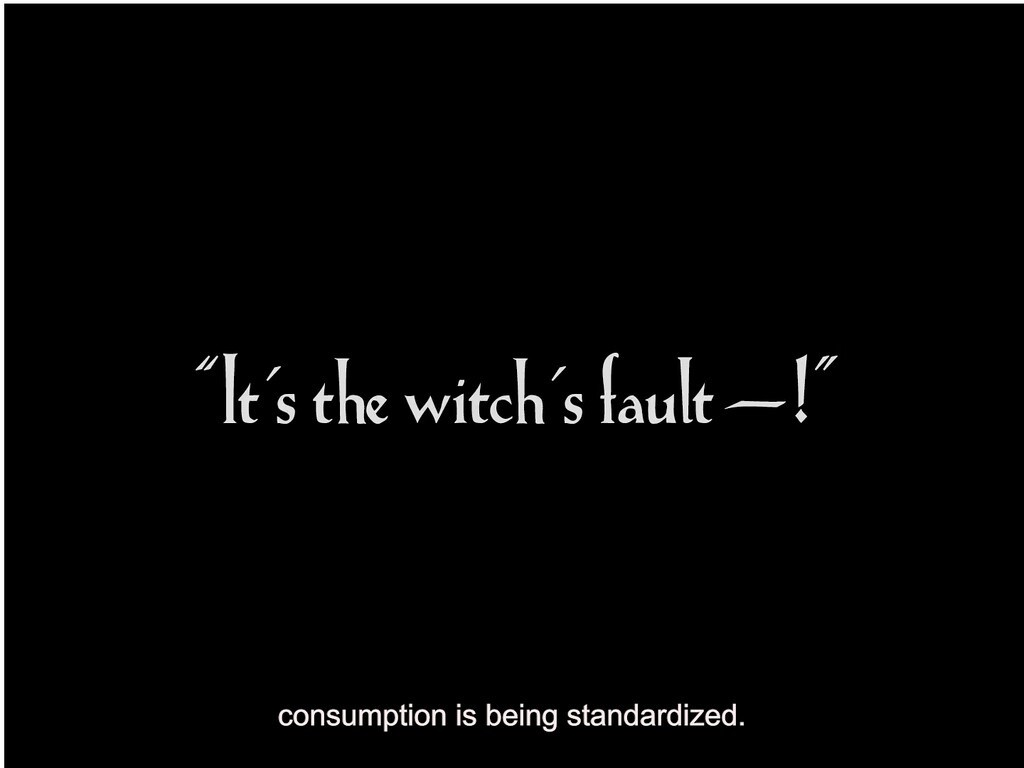
![[1] Claire Fontaine, Untitled (Someone is getting rich.), 2012. Tecnolux No.9 Super Turquoise. © James Thornhill. Courtesy Claire Fontaine and Galerie Neu, Berlin. [2] Vanessa Safavi, Inside Out, 2016. Silicone, frame. Courtesy the artist and ChertLüdde, Berlin. [3] Exhibition views, 2021. © Michal Florence Schorro. Courtesy KRONE COURONNE. [4] Céline Ducrot, (details), acrylic ink on wood, 2022. Courtesy the artist.](https://dailyart.news/wp-content/uploads/2022/08/krone_couronne-95x95.gif)


